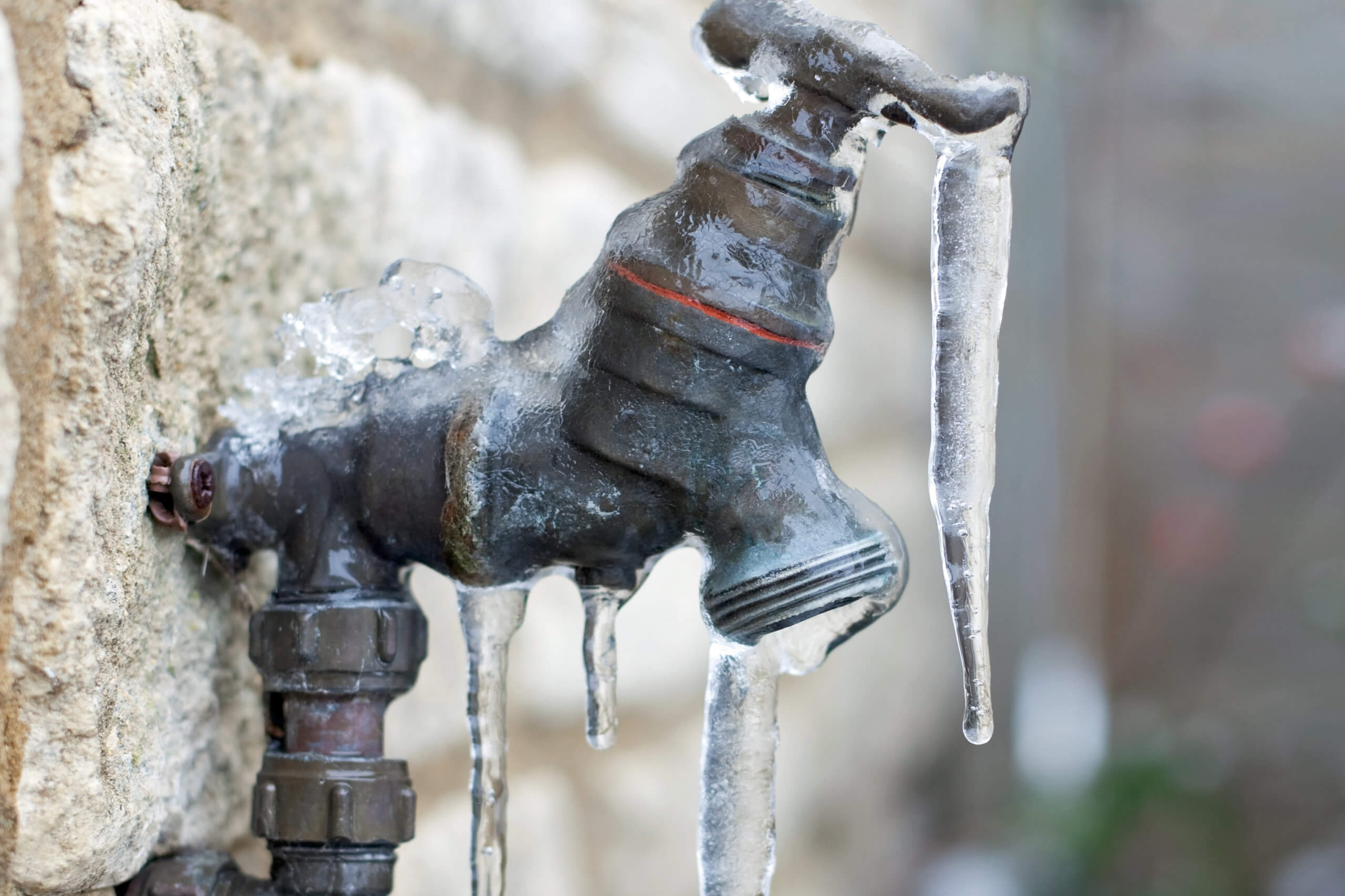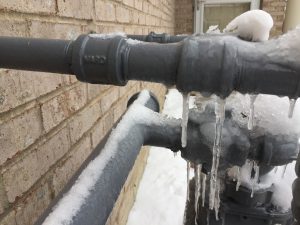Essential Tips to Avoid Frozen Plumbing in Winter: Expert Insights
Essential Tips to Avoid Frozen Plumbing in Winter: Expert Insights
Blog Article
We have encountered this article relating to Preventing and dealing with frozen pipes down the page on the net and think it made good sense to quickly share it with you on this page.

Cold weather can ruin your plumbing, specifically by freezing pipelines. Here's just how to prevent it from occurring and what to do if it does.
Intro
As temperatures decrease, the threat of icy pipes increases, possibly bring about pricey repair services and water damage. Understanding just how to stop icy pipes is essential for property owners in cold environments.
Comprehending Frozen Pipelines
What triggers pipelines to ice up?
Pipelines ice up when subjected to temperatures listed below 32 ° F (0 ° C) for extended durations. As water inside the pipes ices up, it broadens, taxing the pipe wall surfaces and possibly triggering them to break.
Risks and damages
Icy pipes can bring about water system interruptions, residential property damage, and expensive repairs. Burst pipelines can flooding homes and create extensive structural damage.
Indicators of Frozen Pipes
Identifying frozen pipes early can avoid them from bursting.
Exactly how to determine icy pipelines
Seek lowered water flow from faucets, unusual smells or sounds from pipelines, and visible frost on exposed pipelines.
Avoidance Tips
Protecting susceptible pipes
Wrap pipelines in insulation sleeves or utilize warm tape to safeguard them from freezing temperatures. Concentrate on pipes in unheated or external locations of the home.
Heating techniques
Maintain interior spaces sufficiently heated, specifically areas with pipes. Open cupboard doors to allow cozy air to circulate around pipelines under sinks.
Safeguarding Exterior Plumbing
Yard hoses and outside taps
Detach and drain pipes yard hose pipes prior to winter season. Mount frost-proof spigots or cover outside taps with protected caps.
What to Do If Your Pipelines Freeze
Immediate actions to take
If you presume frozen pipes, keep taps open to relieve stress as the ice melts. Make use of a hairdryer or towels taken in warm water to thaw pipelines gradually.
Long-Term Solutions
Architectural changes
Take into consideration rerouting pipelines away from exterior wall surfaces or unheated locations. Add extra insulation to attics, cellars, and crawl spaces.
Upgrading insulation
Purchase top notch insulation for pipelines, attics, and walls. Correct insulation assists maintain regular temperature levels and minimizes the threat of frozen pipelines.
Final thought
Avoiding icy pipes calls for positive measures and quick feedbacks. By comprehending the causes, indications, and preventive measures, home owners can protect their pipes throughout winter.
6 Proven Ways to Prevent Frozen Pipes and Protect Your Home
Disconnect and Drain Garden Hoses
Before winter arrives, start by disconnecting your garden hoses and draining any remaining water. Close the shut-off valves that supply outdoor hose bibs and leave the outdoor faucet open to allow any residual water to drain. For extra protection, consider using faucet covers throughout the colder months. It’s also important to drain water from any sprinkler supply lines following the manufacturer’s directions.
Insulate Exposed Pipes
Insulating your pipes is an effective way to prevent freezing. Pipe insulation is readily available at home improvement stores and is relatively inexpensive. Pay close attention to pipes in unheated areas such as the attic, basement, crawl spaces, or garage. Apply foam insulation generously to create a buffer against the cold. You can also wrap your pipes in heat tape or thermostat-controlled heat cables for added warmth.
Seal Air Leaks
Inspect your home for any cracks or openings that could let in cold air. Seal any holes around the piping in interior or exterior walls, as well as the sill plates where your home rests on its foundation. Additionally, make sure to keep your garage door closed unless you’re entering or exiting. Leaving it open creates a significant air leak that can lead to frozen pipes.
Allow Warm Air Circulation
During cold snaps, it’s essential to allow warm air to circulate evenly throughout your home. Leave interior doors ajar to promote better airflow. Open kitchen and bathroom cabinets to help distribute heat consistently around the rooms. If you have small children or pets, be sure to remove any household chemicals or potentially harmful cleaners from open cabinets for safety.
Let Faucets Drip
A small trickle of water can make a big difference in preventing ice formation inside your pipes. When temperatures drop significantly, start a drip of water from all faucets served by exposed pipes. This continuous flow helps prevent the water from freezing. Additionally, running a few faucets slightly can relieve pressure inside the pipes, reducing the chances of a rupture if the water inside does freeze.
https://choateshvac.com/6-proven-ways-to-prevent-frozen-pipes-and-protect-your-home/

I came across that blog posting on How to prepare your home plumbing for winter weather when browsing on the web. Do you know about another person who is in the market for the niche? Take a moment to promote it. We appreciate your readership.
Apply Now Report this page